- Kale

Kale is rich in minerals, antioxidants and vitamins, particularly vitamins A, C and K. To reap the most benefits, it’s best eaten raw, as cooking reduces the nutritional profile of the vegetable.
- Microgreens
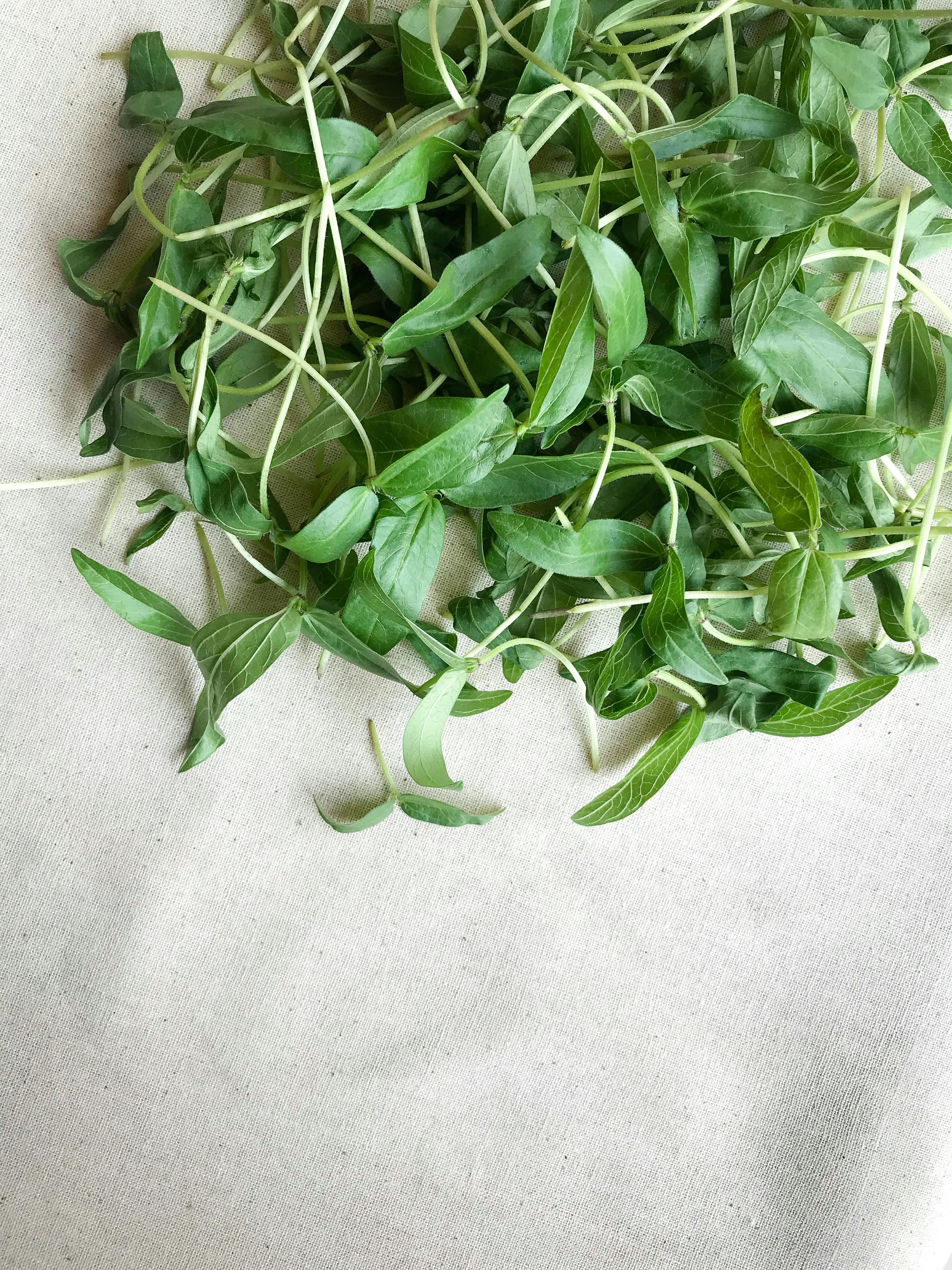
Microgreens are immature greens, which have been popular since the 1980s. They’re flavorful and packed with nutrients like vitamins C, E and K. What’s more, they can be grown all year.
- Collard Greens
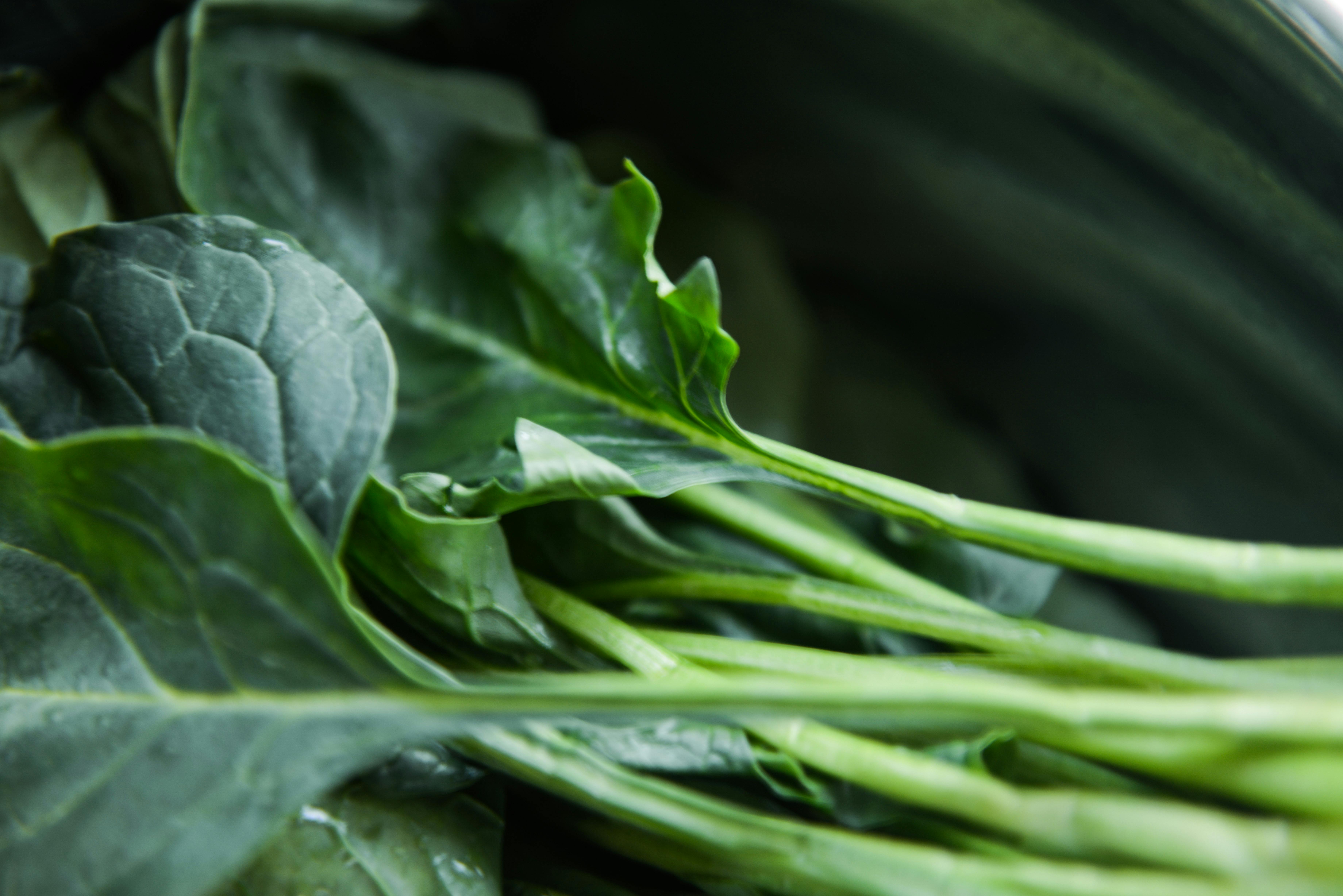
Collard greens have thick leaves and are bitter in taste. They’re one of the best sources of vitamin K, may reduce blood clots and promote healthy bones.
- Spinach
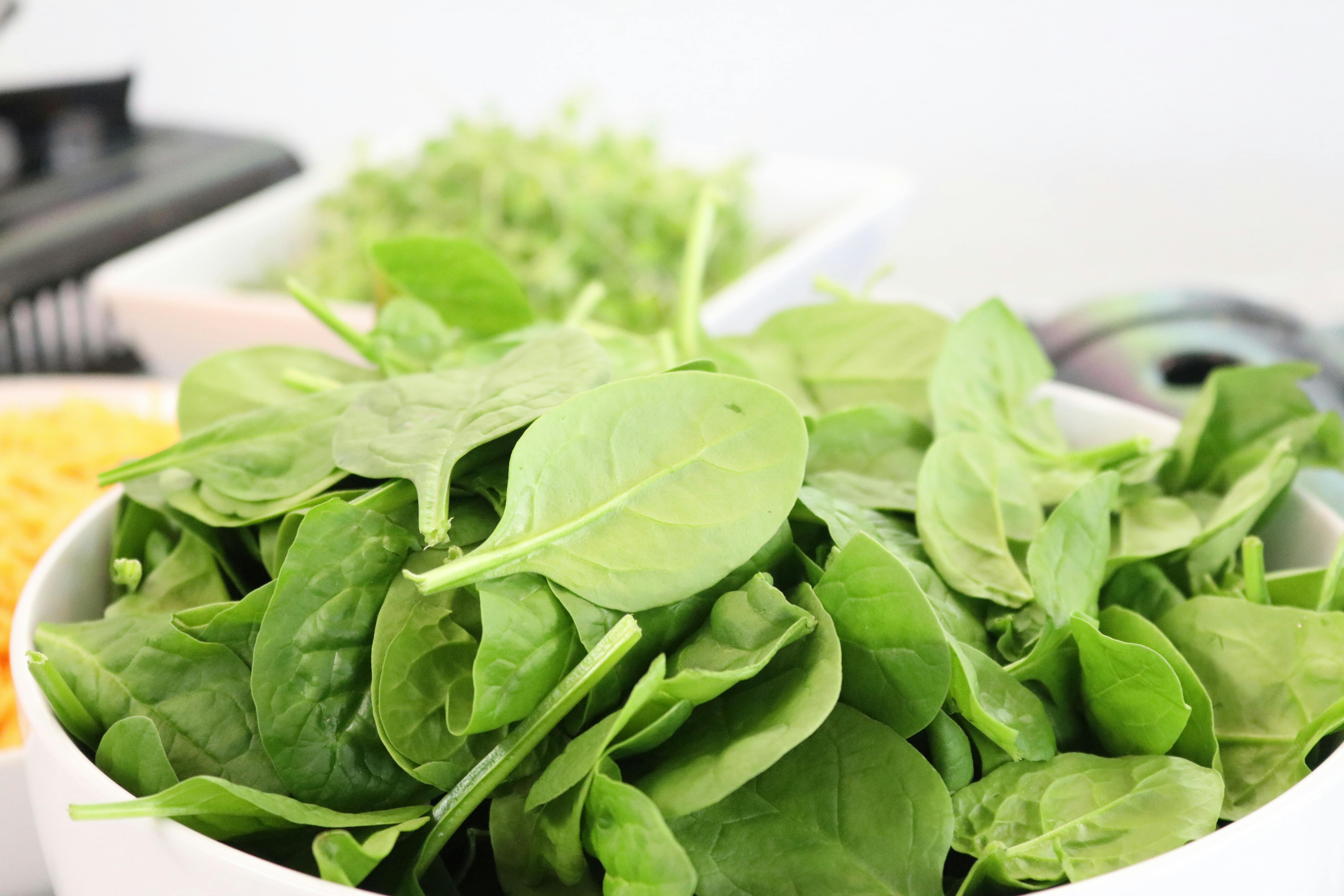
Spinach is a popular leafy green vegetable that can be used in a variety of ways. It’s a great source of folate, which may prevent neural tube defects, such as spina bifida, during pregnancy.
- Cabbage
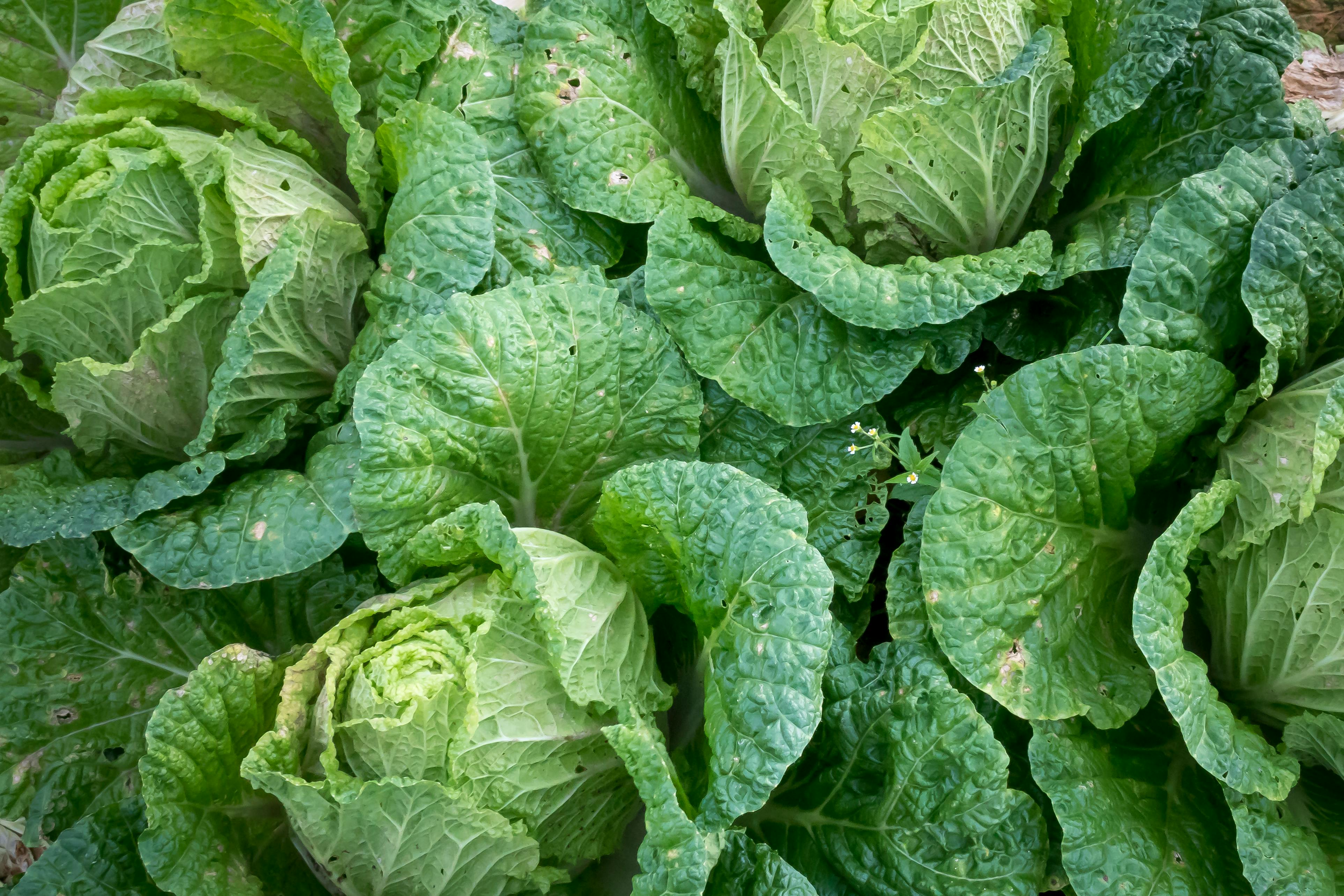
Cabbage has thick leaves and comes in various colors. It has cancer-protective properties and can be turned into sauerkraut, which offers additional health benefits.
- Beet Greens

Beet greens are edible green leaves found on the tip of beets. They’re full of nutrients, including antioxidants that may support eye health.
- Watercress

Watercress has been used in herbal medicine for centuries. A few test-tube studies suggest it may be beneficial in cancer treatment, but no human studies have confirmed these effects.
- Romaine Lettuce
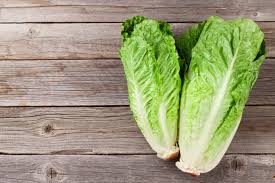
Romaine lettuce is a popular lettuce found in many salads. It’s rich in vitamins A and K, and a study in rats suggests it may improve blood lipid levels.
- Swiss Chard

Swiss chard is rich in color and often incorporated into Mediterranean cooking. It contains the flavonoid syringic acid, which may be beneficial for reducing blood sugar levels. However, human-based research on its effectiveness is lacking.
- Arugula

Arugula is a leafy green vegetable that goes by several different names, including rocket and rucola. It’s rich in vitamins and naturally occurring nitrates, which may help reduce blood pressure and improve blood flow.
- Endive
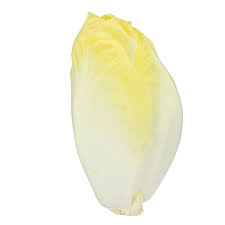
Endive is a lesser-known leafy green vegetable that is curly and crisp in texture. It contains several nutrients, including the antioxidant kaempferol, which may reduce cancer cell growth.
- Bok Choy
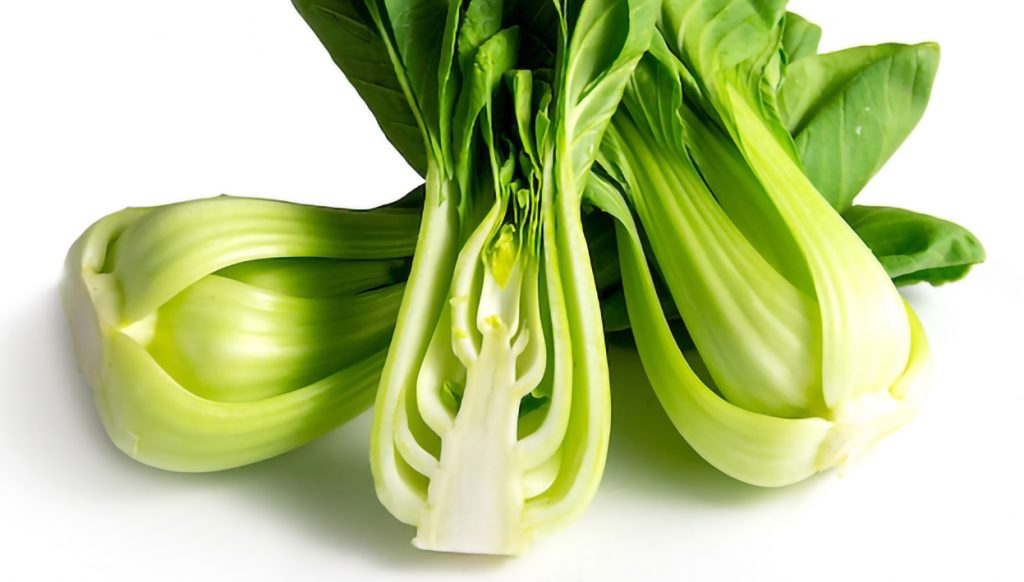
Bok choy is popular in China and often used in soups and stir-fries. It contains the mineral selenium, which benefits your brain health, immunity, cancer protection and thyroid health.
- Turnip Greens

Turnip greens are the leaves of the turnip plant and are considered a cruciferous vegetable. Studies have found that they may decrease stress in your body and reduce your risk of heart disease, cancer and inflammation.